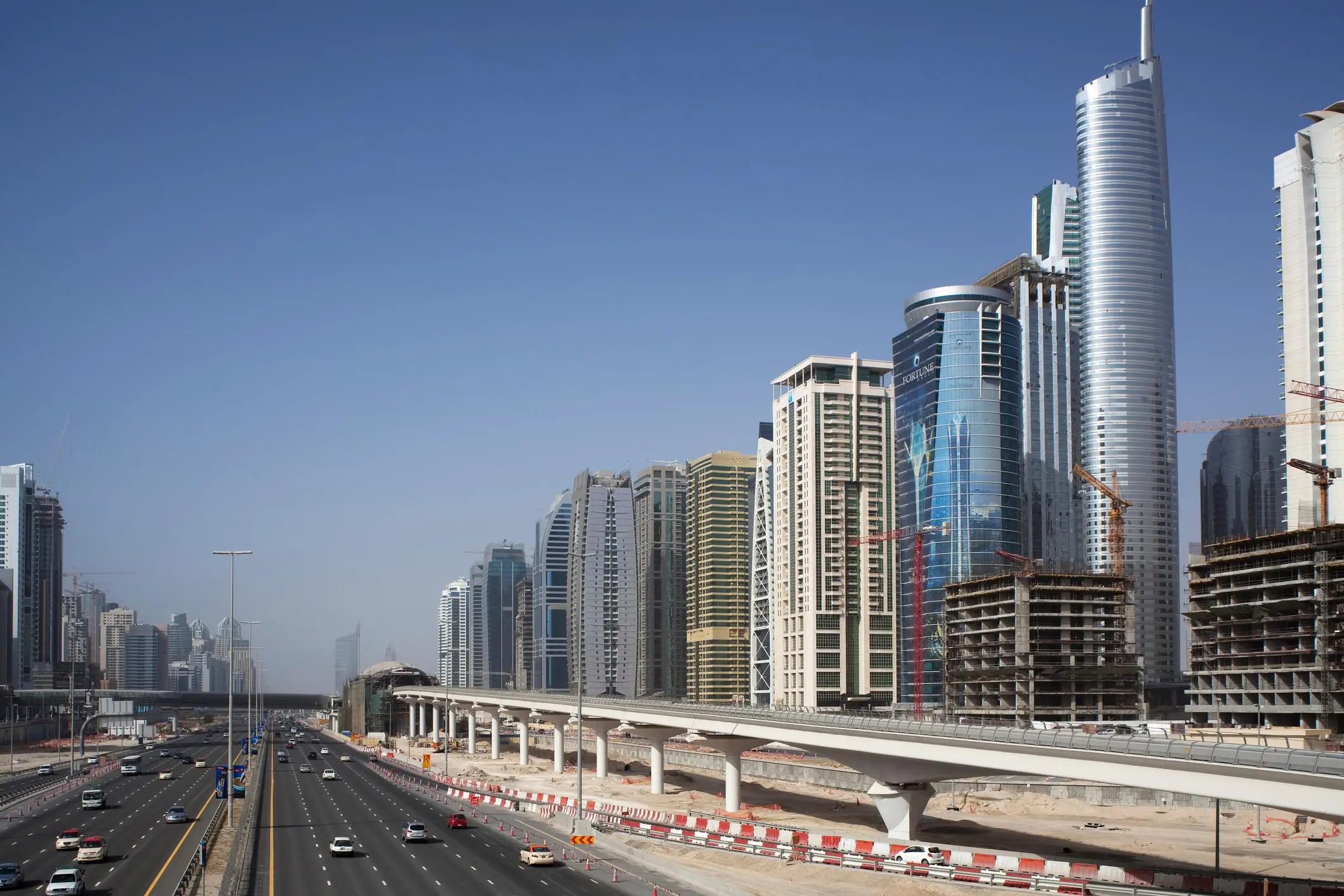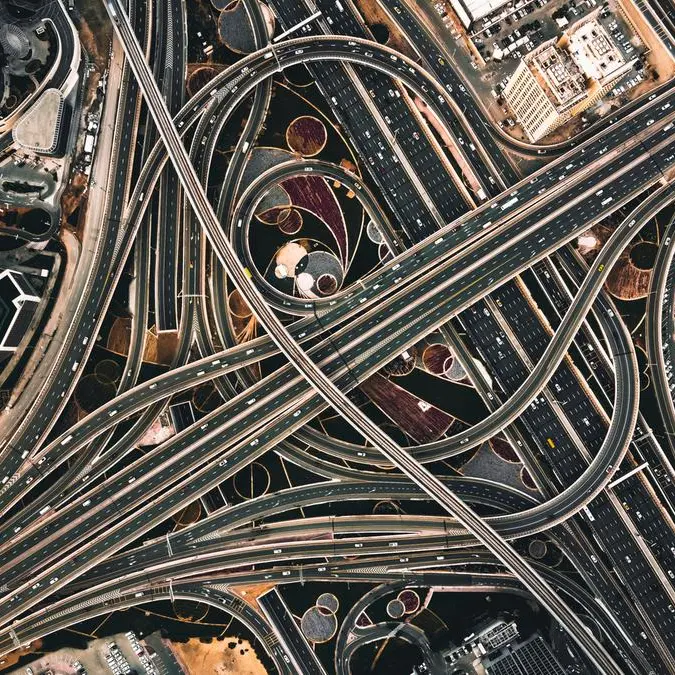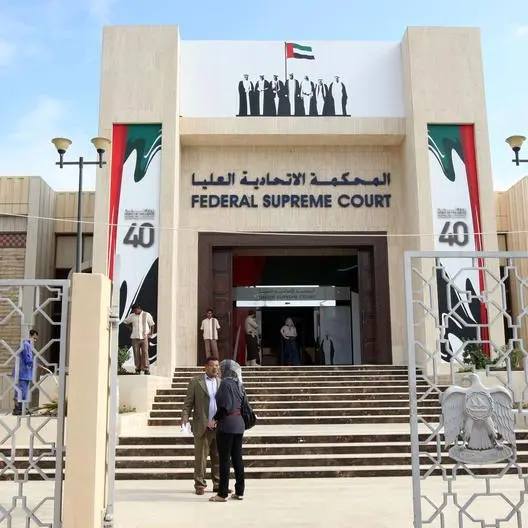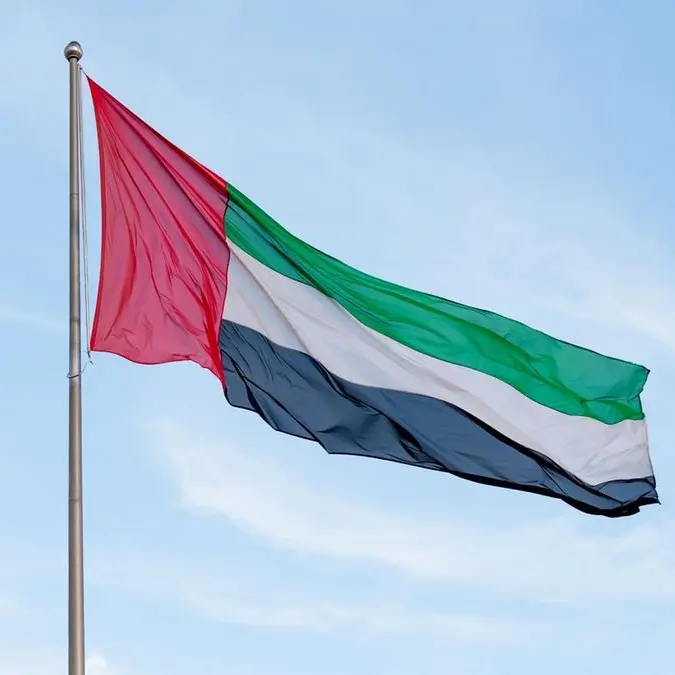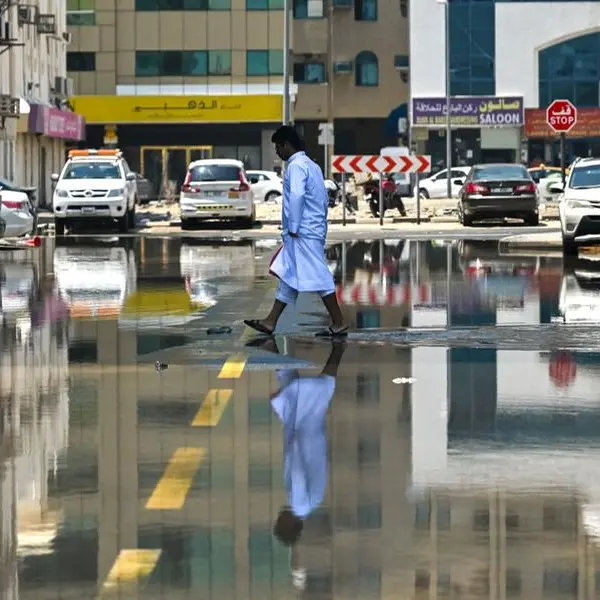PHOTO
The new Salik gate on Sheikh Zayed Road after Ibn Battuta Mall heading towards Abu Dhabi will become operational on October 24, following the opening of the 7th Interchange as well as Al Yalayes and Al Asayel Roads, Dubais Roads and Transport Authority (RTA) confirmed on Wednesday.
Khaleej Times broke the story first on Tuesday that the new toll gate, the third on Sheikh Zayed Road and the seventh overall across Dubai, will be operational in the next few weeks after the construction works on a bridge along Al Yalayes Street leading to Sheikh Mohamed Bin Zayed Road are complete.
The Jebel Ali toll gate is expected to ease pressure on Sheikh Zayed Road by redistributing traffic movements to alternative roads and encouraging motorists to use the 62-km Sheikh Mohammed Bin Rashid Al Maktoum Road that was opened to traffic in 2016. The Salik gate is part of the parallel and supporting roads of the Sheikh Zayed Road, and diverts part of the traffic from it to parallel roads such as Al Asayel Road, Al Khail Road, Sheikh Mohamed Bin Zayed Road, Sheikh Zayed Bin Hamdan Al Nahyan Road and the Emirates Road through Al Yalayes Road, the RTA said.
Through the installation of Jebel Ali toll gate, the RTA aims to redistribute the traffic movement to main roads and divert part of the traffic movement from Jebel Ali in the direction of Sharjah, explained Mattar Al Tayer, RTA director-general and chairman of the board of executive directors.
Motorists will be able to use alternative roads such as the Emirates Road, Sheikh Mohamed Bin Zayed Road, Sheikh Zayed Bin Hamdan Al Nahyan Road and Al Khail Road. Thus, it will ease the traffic pressure on the Sheikh Zayed Road; one of the busiest traffic corridors in the emirate, he added.
According to the RTA, the new toll gate is expected to reduce the traffic flow on the Sheikh Zayed Road by 25 per cent and will also encourage people to use public transport means.
This is especially relevant as the Sheikh Zayed Road has a host of mass transit means such as the Metro Red Line (extending 52km, connecting 28 stations), and 12 bus routes served by 156 buses that make 1,400 journeys per day, the RTA underlined.
Salik has helped ease traffic
Road safety experts and advocates of public transport have previously pointed out the positive points of introducing Salik.
Tolls act as a good way to reduce congestion by encouraging people to think about where they are driving, and whether they need to drive at all, Ben Pullen, co-founder and managing director of Global Electric Vehicle Road Trip, told Khaleej Times in a previous interview early this year. If this (paid toll system) helps to encourage people to catch the bus or go with a friend (ride sharing), then its a great shift in mobility habits, he added.
Thomas Edelmann, founder and managing director of RoadSafetyUAE, said: Road tolls have to be seen in the context of traffic congestion. Traffic congestion is an inconvenience to road users, incurs cost to the society and increases the chances of misbehaviour of motorists.
Meanwhile, some residents have expressed their displeasure over the new Salik gate, citing additional expenses they have to carry.
Dubai resident Christopher Arriola, who works in Jebel Ali Free Zone (Jafza), said although his daily route to work will not be affected by the new Salik, there are times that he is required to go to Abu Dhabi and that would mean he has to pay extra Dh4 for every travel to the Capital, starting October 24.
I will have to shoulder this extra cost as my company is not giving us any Salik allowance, Arriola said. My expenses are increasing but my take home pay is not, he added. Meanwhile, the government is continuing to invest in traffic infrastructure to accommodate new projects. The new toll gate is estimated to generate more than Dh300 million in annual revenues. This will be added to the estimated Dh2 billion in annual revenues generated by Salik gates in Dubai.
Copyright © 2018 Khaleej Times. All Rights Reserved. Provided by SyndiGate Media Inc. (Syndigate.info).
